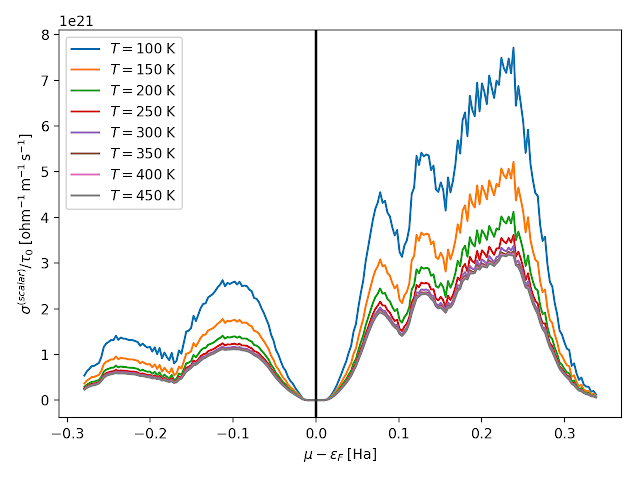This is a paper that resulted from a project I assisted with during a summer internship with the group of Robert König at TU München. I was responsible for writing efficient C++ code to simulate the algorithms proposed in the paper. I cannot claim to understand all of the mathematics involved but I thought the code I wrote worked pretty well. I was also grateful for the opportunity to sample the academic environment in Germany.
Here is a link to our paper on the arXiv. The abstract is copied below.
"We study how well topological quantum codes can tolerate coherent noise caused by systematic unitary errors such as unwanted Z-rotations. Our main result is an efficient algorithm for simulating quantum error correction protocols based on the 2D surface code in the presence of coherent errors. The algorithm has runtime O(n2), where n is the number of physical qubits. It allows us to simulate systems with more than one thousand qubits and obtain the first error threshold estimates for several toy models of coherent noise. Numerical results are reported for storage of logical states subject to Z-rotation errors and for logical state preparation with general SU(2) errors. We observe that for large code distances the effective logical-level noise is well-approximated by random Pauli errors even though the physical-level noise is coherent. Our algorithm works by mapping the surface code to a system of Majorana fermions."













